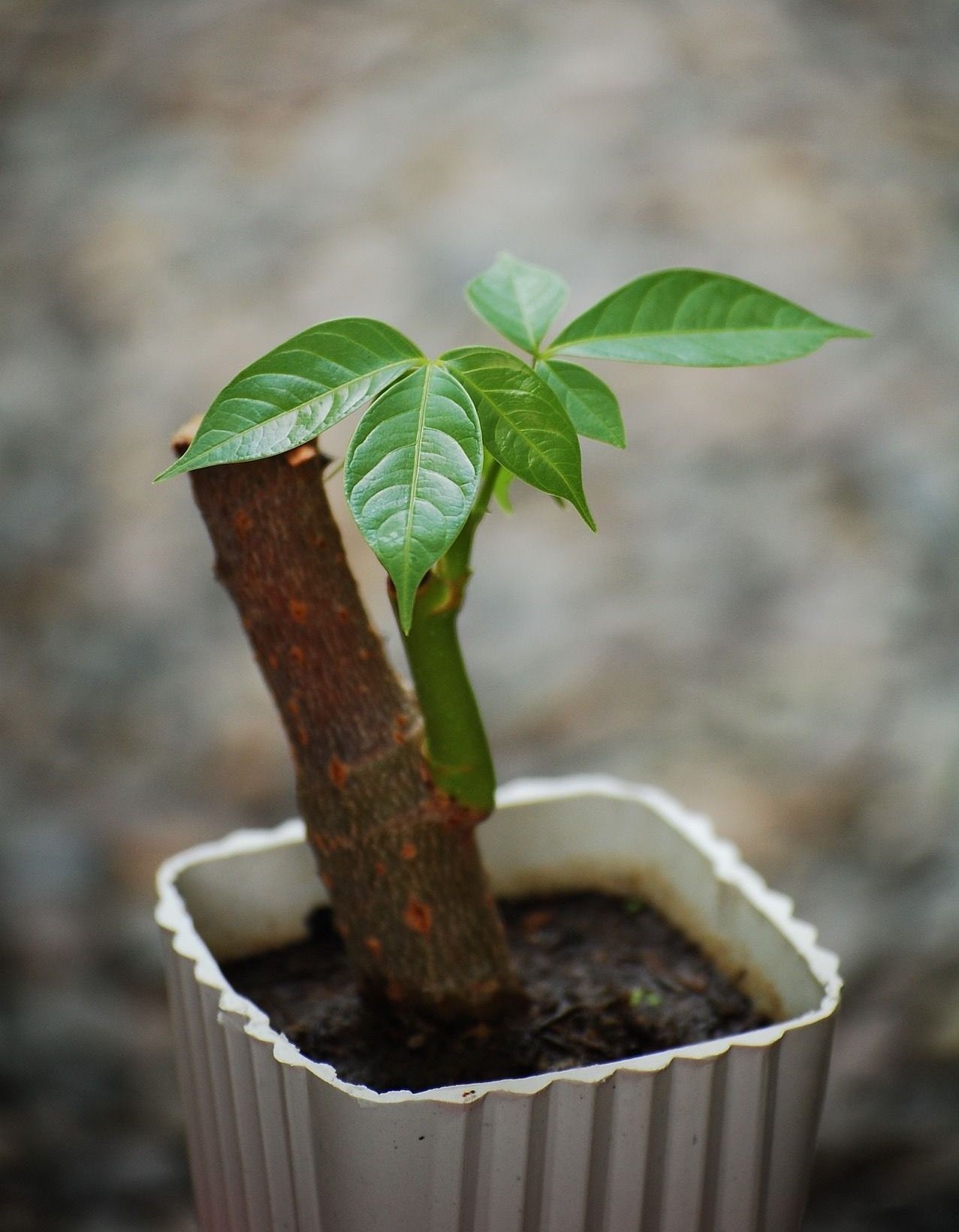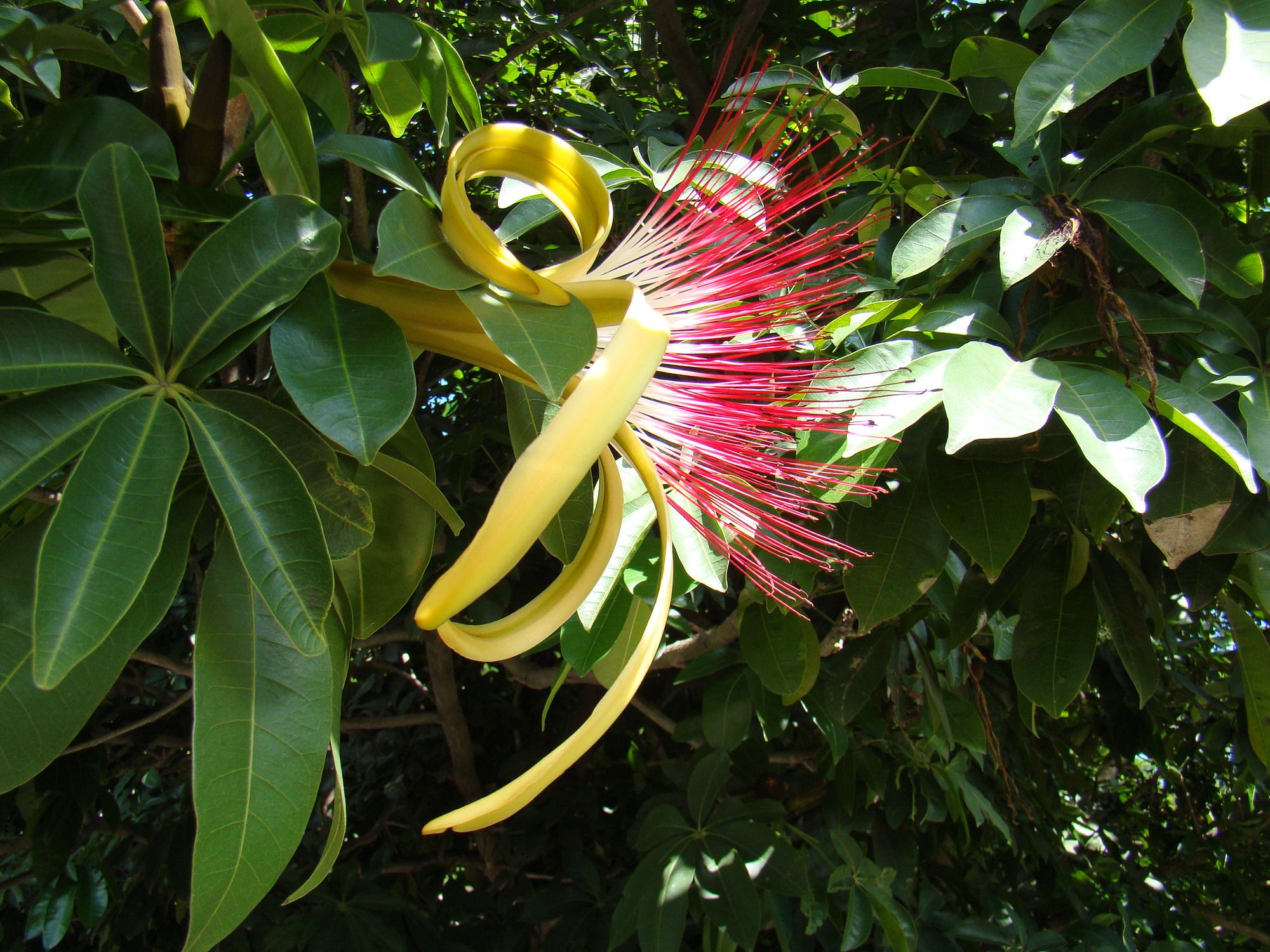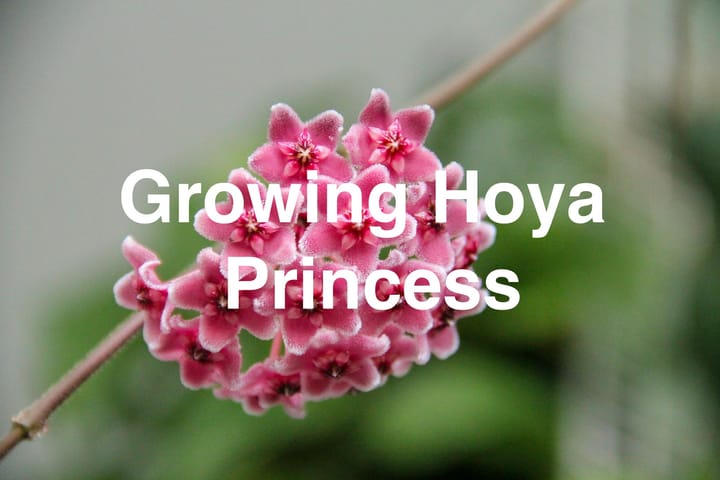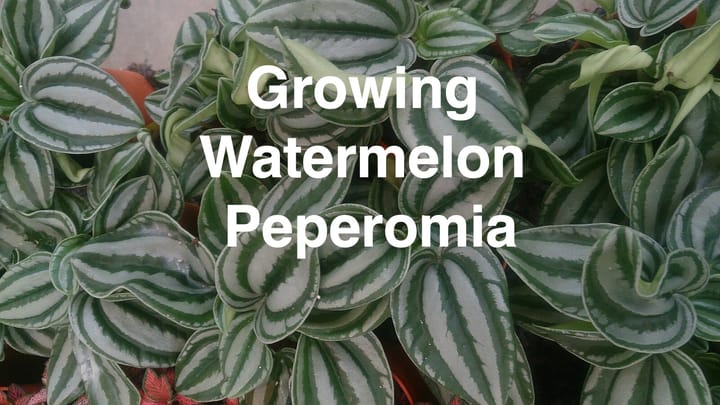How to Grow Money Tree
Growing a money tree can be rewarding, providing you with an attractive indoor plant known for its luck-bringing qualities.

Table of Contents
As a popular houseplant, money trees are known for their unique braided trunks and adaptability to various indoor conditions.
Providing the right amount of light, water, and nutrients is essential to care for your money tree properly.
By placing your plant in a bright indirect light and maintaining proper watering, you'll create an ideal environment for your money tree to thrive and enhance the aesthetic appeal of your home.
About Money Tree
Money Tree, scientifically known as Pachira aquatica, is a popular houseplant native to Central and South America.
Names like Guiana chestnut, Malabar chestnut, and Saba nut know this versatile plant.
Admired for its distinctive leaves, Money Trees are believed to bring good fortune.
They are easy to grow, hardy, and pet-friendly, making them an excellent choice for experienced and novice gardeners.
Growing Money Tree
To plant a money tree, choose a pot with drainage holes to help prevent overwatering and root rot.
Fill the bottom of the pot with a layer of pebbles to improve drainage.
Next, prepare a well-draining mix by combining general-purpose potting soil with sand or perlite.
This will create an ideal environment for growing your money tree's roots.
Place your money tree seed or young plant in the prepared pot, covering the roots with the potting mix.
Position the plant in an area with bright, indirect light – too much sunlight can cause leaf burn, while too little light may result in leaves turning yellow.
Indoors or within a garden, ensure your money tree is exposed to temperatures between 65-80°F.
If growing outdoors, consider using the money tree as a bonsai for easier maintenance.

Caring for Money Tree Plant
Sun and Temperature
Place your money tree in a location with bright, indirect light, away from drafts and heating/cooling vents.
Ideal growing temperatures range between 50 to 90 degrees Fahrenheit.
Water and Humidity
Money trees prefer consistently damp soil but not excessively wet.
Consider using a humidifier or setting up a pebble tray near your plant to increase humidity.
Soil
A well-draining potting mix, such as a mix of sand and peat moss, promotes healthy root growth for your money tree.

Ensure the soil remains slightly moist but not waterlogged.
Fertilizer
Feed your money tree with a general-purpose fertilizer at half strength once a month during spring and summer.
Always dampen the soil before applying fertilizer to avoid burning the roots.
Repotting
Repot your money tree when it outgrows its pot using a fresh, well-draining potting mix.
This promotes continued growth and prevents root-bound conditions.
Pruning and Propagation
Prune your money tree to maintain its shape and size, and propagate cuttings by applying rooting hormone before planting.
Braiding the trunks is a popular technique to create an attractive aesthetic for your money tree.

Troubleshooting Plant Problems
Growing Problems
If your money tree plant is experiencing leggy growth, it may be due to inadequate lighting or poor potting soil.
Ensure your plant receives proper indirect light and is planted in well-draining soil. Leaves turning yellow or brown and dropping off could result from overwatering or low humidity.
To fix this, water less frequently and ensure the soil's top 1-2 inches are dry before watering, or place the plant on a pebble tray to maintain humidity.
Pests and Diseases
Pest infestations, such as mealybugs, spider mites, and aphids, can cause damage to the leaves and stems of your money tree plant.
To prevent and treat pest issues, inspect your plant regularly, and if needed, apply insecticidal soap or neem oil.

Root rot, a fungal disease caused by overwatering resulting in mushy, smelly roots, can be addressed by trimming the damaged roots and repotting the plant into well-draining soil.
Companion Planting
Incorporating plants such as marigolds, basil, and garlic into your garden along with your money tree can help repel pests and provide a more favorable growing environment.
These companion plants emit scents and produce compounds that deter pests while promoting your money tree's overall growth and health.
However, ensure your companion plants have compatible growing conditions with your money tree.

Conclusion
Caring for your money tree plant is essential to attract wealth, good fortune, luck, and prosperity.
By following money tree care tips, you can maintain this plant as a valuable addition to your space, radiating positive energy and enhancing your feng shui.
Remember to provide your money tree with medium to bright indirect light and consistent watering to ensure healthy growth.
Avoid exposing it to sudden temperature changes or drafts.
Remember that this plant is non-toxic and an excellent choice for your home or office.
Frequently Asked Questions
What is the ideal watering frequency for money trees?
Water your money tree every 1-2 weeks, allowing the soil to dry out slightly between waterings. This helps prevent overwatering and root rot.
Which type of soil best suits money tree growth?
Use a well-draining, general-purpose potting mix for optimal money tree growth. This ensures proper drainage and prevents root rot.
Can money trees be grown indoors successfully?
Money trees can thrive indoors with a medium to bright indirect light. They make great houseplants and are easy to care for.
What level of sunlight exposure is best for a money tree?
Medium to bright indirect light is ideal for a money tree. Direct sunlight can cause leaf burn, so ensure the plant is placed in a suitable location.
How should you care for a money tree to ensure its health?
Water the plant every 1-2 weeks, use well-draining soil, and provide medium to bright indirect light. Also, prune the tree to maintain its desired shape and size.
Which fertilizer works best for money tree plants?
A balanced liquid fertilizer, diluted to half its recommended strength, can be applied to your money tree every 2-3 months for optimal growth and health.



